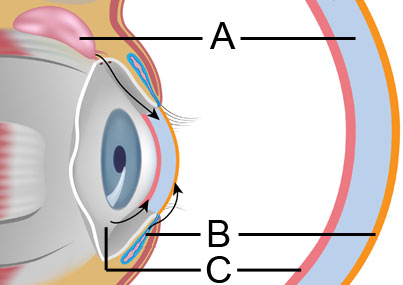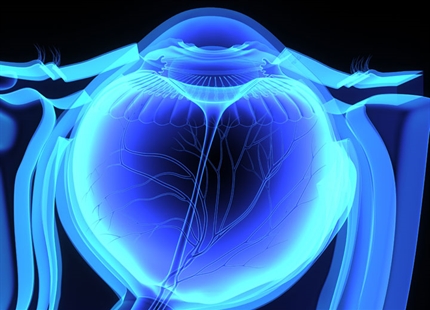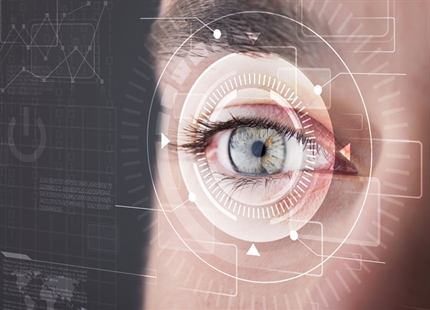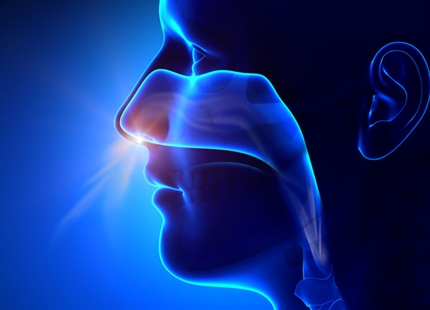
Low humidity and its affect on our eyes
When we are exposed to a dry atmosphere, our eyes become dry as moisture is drawn from the film that covers them. This "tear film" consists of three layers that form a protective barrier, typically 7-9 nm thick, covering the surface of the cornea. It serves as a defense against microbial infection, supplies essential oxygen and nutrients to the cornea, removes waste particles and provides the moist environment needed for clear vision and healthy eyes.
When our precorneal tear film dries it can lead to a soreness or burning sensation of the eye, blurred vision and an increased susceptibility to eye infections. Contact lens wearers are particularly at risk from dry eyes as contact lenses will increase the rate of evaporation from the tear film.
For office staff working with VDUs, which put additional strain on the eyes, a dry atmosphere of less than 40%RH can cause excessive discomfort and irritation. This can affect productivity as well as impact on employee health. In the UK, the Health & Safety Executive's Work with Display Screen Equipment Health and Safety Regulations 2002, states that "humidity should be maintained at levels which prevent discomfort and problems of sore eyes.".
Maintaining a humidity of 40-60%RH will help prevent tear film evaporation and problems associated with "dry eye syndrome".
The three precorneal tear film layers

A - The largest layer of our tear film is the Aqueous layer excreted from the Lacrimal gland.
B - The outer Lipid layer is slightly oily, excreted from the Meibomian gland, lubricates the eye lid movement and inhibits evaporation of the Aqueous layer.
C - The inner most Mucous layer, excreted from the Conjunctival goblet cells, holds the tear film to the eye, allowing even distribution.
Scientific studies showing how dry air affects our bodies

Abusharha AA, Pearce EI 2013

Wolkoff P, Kjaergaard SK 2007

Sunwoo Y et al 2006
